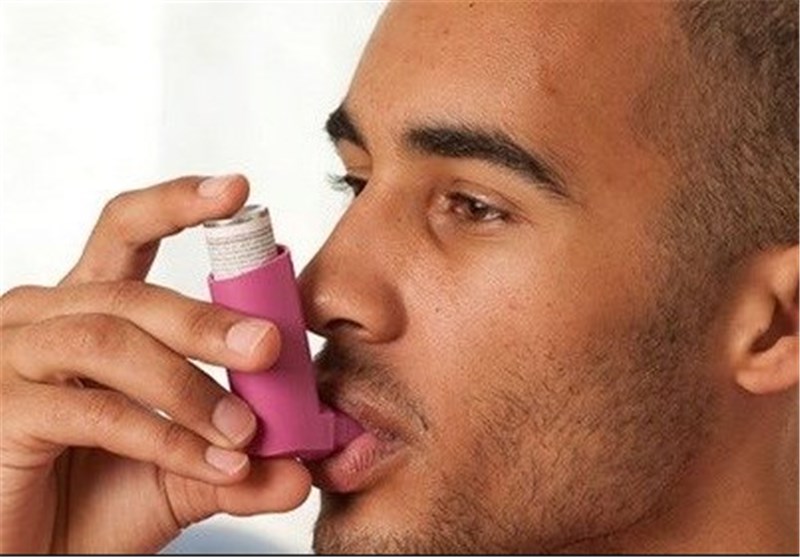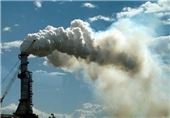Asthma vs. COPD: Similar Symptoms, Different Causes and Treatment
TEHRAN (Tasnim) – Coughing, wheezing and shortness of breath are symptoms that patients with asthma and chronic obstructive pulmonary disease (COPD) are used to. For sufferers, as well as physicians, it can be difficult to tell the difference between the two conditions.
According to a presentation at the American College of Allergy, Asthma and Immunology (ACAAI) Annual Scientific Meeting, as many as 50 percent of older adults with obstructive airway disease have overlapping characteristics of asthma and COPD. And this percentage increases as people get older.
"Based on symptoms alone, it can be difficult to diagnose COPD vs. asthma. The pathway to a diagnosis of COPD or asthma -- smoking vs. a long-term persistence of asthma -- can be quite different," said allergist William Busse, MD, ACAAI fellow and presenter. "In every patient, but in older patients in particular, we need to take a thorough history and perform a physical examination, as well as measurements of lung functions. In patients with COPD and asthma, the changes in lung function may be severe, and it is not often readily apparent, which is the predominant, underlying condition -- asthma or COPD. Treatment will differ depending on diagnosis."
Lung function changes in asthma are due to airway inflammation, and treatment is directed at reducing inflammation with corticosteroids -- largely, inhaled corticosteroids. But the changes in lung function associated with COPD are caused by cigarette smoking and, except with an exacerbation, are not particularly responsive to corticosteroids.
"The primary treatment in COPD is bronchodilators, including long-acting beta agonists. They help relax muscles around the airways in the lungs, allowing air to flow more freely," said allergist Michael Foggs, MD, ACAAI president. "They should not be given alone to people with asthma. In COPD, but not asthma, inhaled corticosteroids have been associated with an increased risk for pneumonia and in some cases, features of both asthma and COPD exist. For these patients a combination of inhaled corticosteroids and long-acting beta agonists is usually best."
Some treatments for COPD and asthma are similar. Bronchodilators are used for both conditions. Other treatments tend to be more condition-specific. People with asthma are encouraged to avoid their personal triggers, like keeping pets out of the home or avoiding the outdoors when allergen concentrations are high. While people with COPD are also encouraged to avoid triggers, the emphasis in this condition is to stop smoking. Similarly, if a patient has asthma, smoking makes the underlying disease worse and reduces the response to inhaled corticosteroids.
Allergists who treat these conditions recognize that each patient, and their symptoms, must be treated according to their unique set of circumstances. People need to tell their allergists all their symptoms and complete medical history in order to receive the correct diagnosis and appropriately tailored therapy.






